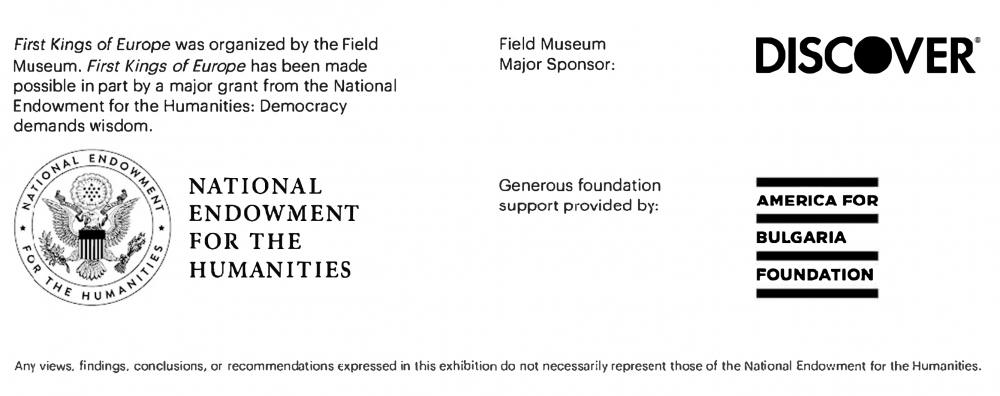
© Field Museum, Ádám Vágó
Bronze sword Deri Museum Hungary BAL-086.jpeg
Covered in intricate designs, this magnificent Bronze Age sword dates to 1700-1600 BC. In ancient times, this sword was intentionally buried together with equally splendid axe heads-- also on display in the exhibition.
Courtesy of the Déri Museum, Hungary
First Kings of Europe explores how ancient farming villages led to the earliest tribal kingdoms in Europe. The countries represented in the exhibition include Albania, Bosnia and Herzegovina, Bulgaria, Croatia, Hungary, Kosovo, Montenegro, North Macedonia, Romania, Serbia, and Slovenia, with various lending institutions working together to make the show happen.
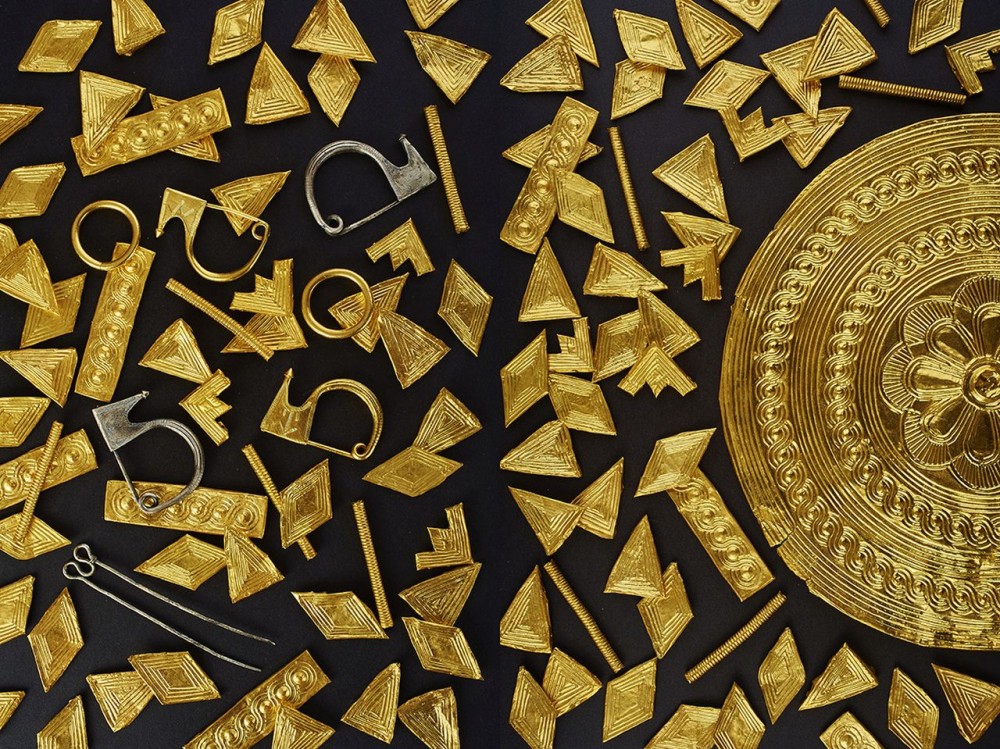
© Field Museum, Ádám Vágó
Gold pieces of an Illyrian woman Serbia BAL-197.jpg
In Illyria, an Iron Age tribal society in the western part of the Balkan Peninsula, women held important positions. These gold and silver pieces were found in the grave of an Illyrian woman with high standing in her community.
Courtesy of the National Museum of Serbia
“One of the most unique and special things about this exhibit is the international collaboration occurring to create First Kings of Europe,” says Bill Parkinson, curator at the Field Museum and of First Kings of Europe. “The exhibition was made in partnership with 11 countries, plus the United States and Canada, and 26 different museums. Many of the cultural items have never been on display outside of the countries of their origin, and some have never been on display - ever! First Kings of Europe is a unique opportunity to see these cultural items side by side.”
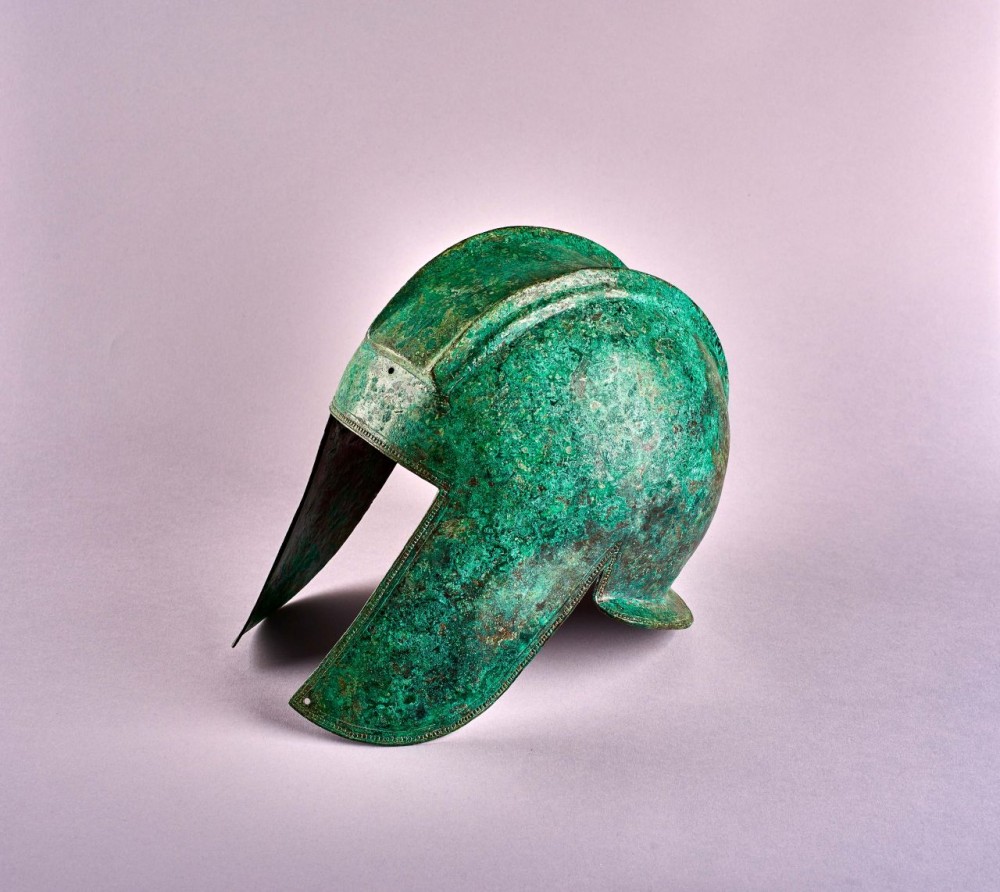
© Field Museum, Ádám Vágó
Albanian bronze helmet BAL-157.jpeg
This elite warrior’s helmet from 500-400 BC was created out of bronze. It was found in what is now Albania and is among the many weapons and armor featured in First Kings of Europe.
Courtesy of Archaeological Museum in Tirana, Albania
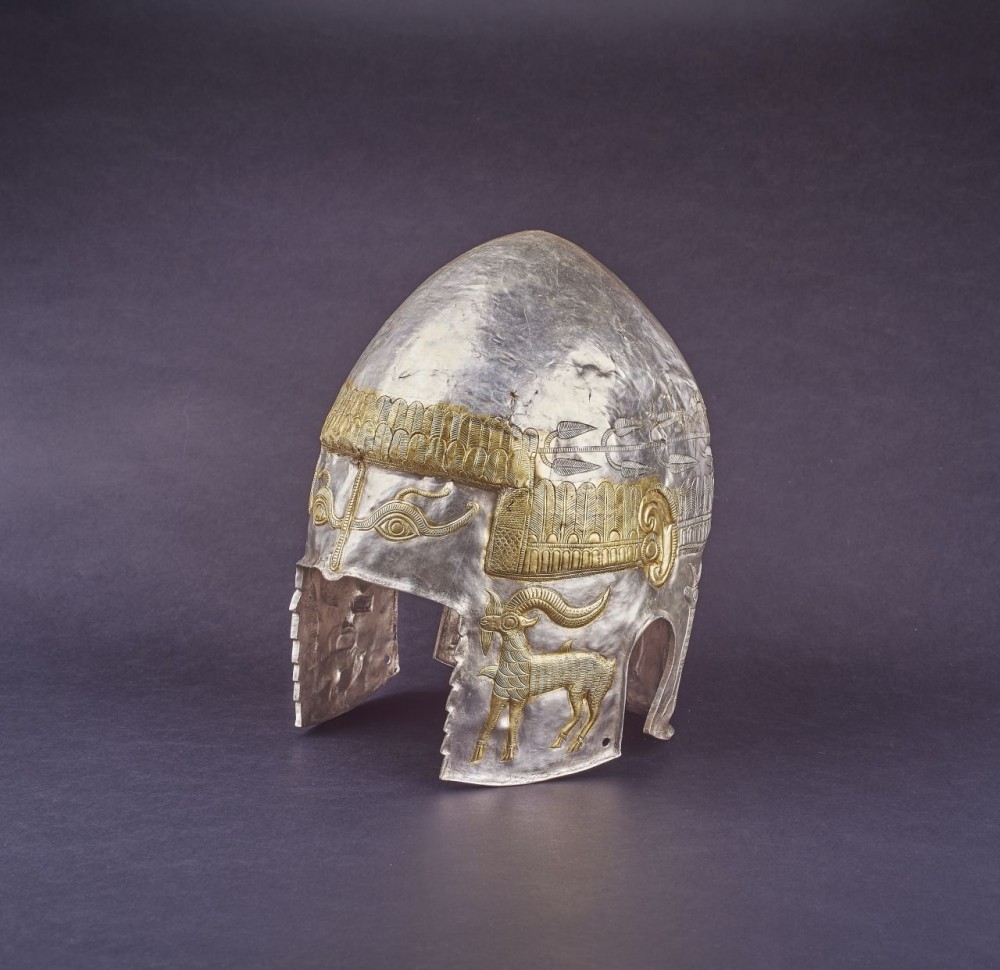
© Field Museum, Ádám Vágó
BAL-247-MNIR-Romania-20200812-14724-BEST1 1-OK-FINAL.jpg
This royal silver helmet is covered in exquisite reliefs of animals and imposing facial features, “The Peretu helmet” dates back to the 4th century BC. Like almost all the treasures of First Kings of Europe,
this royal helmet will be seen for the first time in North America.
Courtesy of the National History Museum of Romania
The more than 700 cultural items in the exhibition date back to the Neolithic, Copper, Bronze, and Iron ages. Highlights include some of the oldest gold treasures in the world from the cemetery of Varna, the gold crown of a Thracian prince, masterpieces of swordmaking and armor, weapons, jewelry, and more.
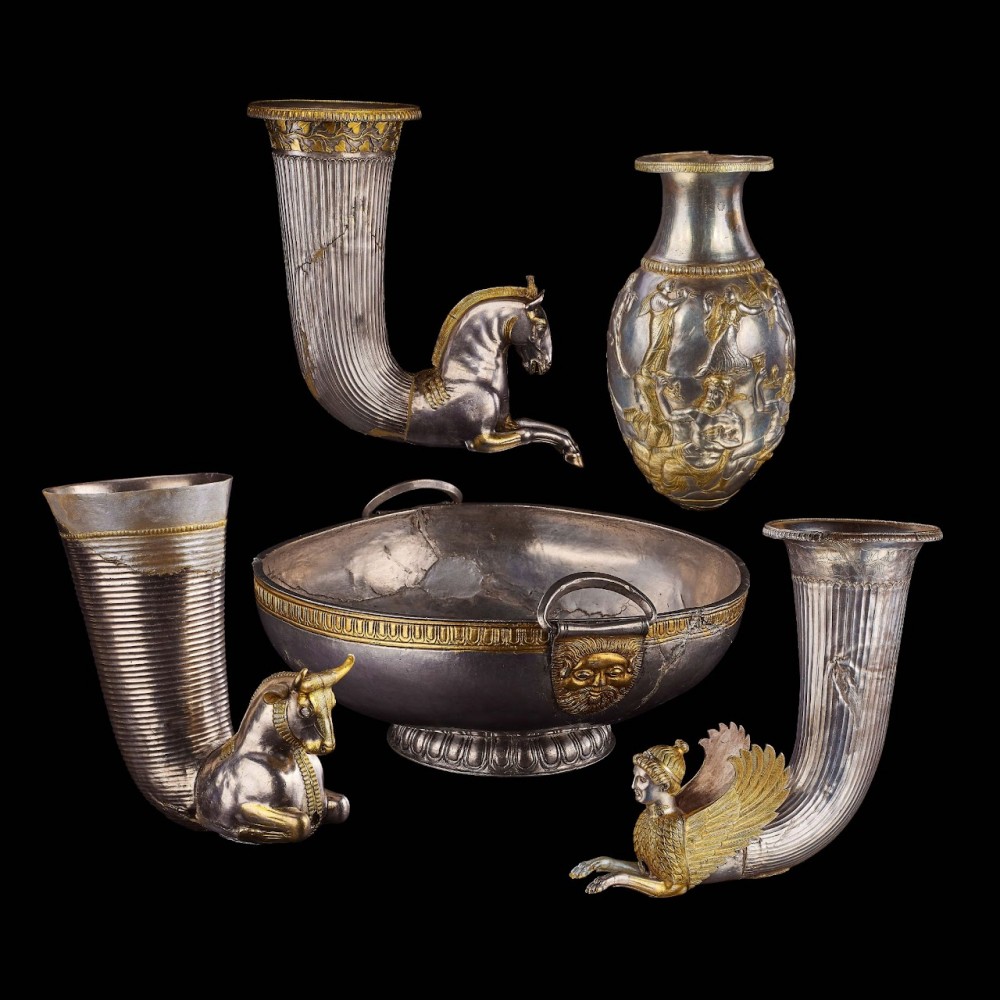
© Field Museum, Ádám Vágó
Thracian King Kotys feasting set BAL-307.jpeg
This silver feasting set belonged to the Thracian King Kotys I, who reigned from 384-360 BC, and was known for his love of wine. Known as the famous “Borovo Treasure”, his set includes three extraordinary
drinking vessels called rhytons with sculptures of a sphinx, horse, and bull that would have been used for drinking wine during lavish dinners— because of their shape, rhytons can’t be easily set down when full.
Courtesy of the Rousse Regional Museum of History, Bulgaria
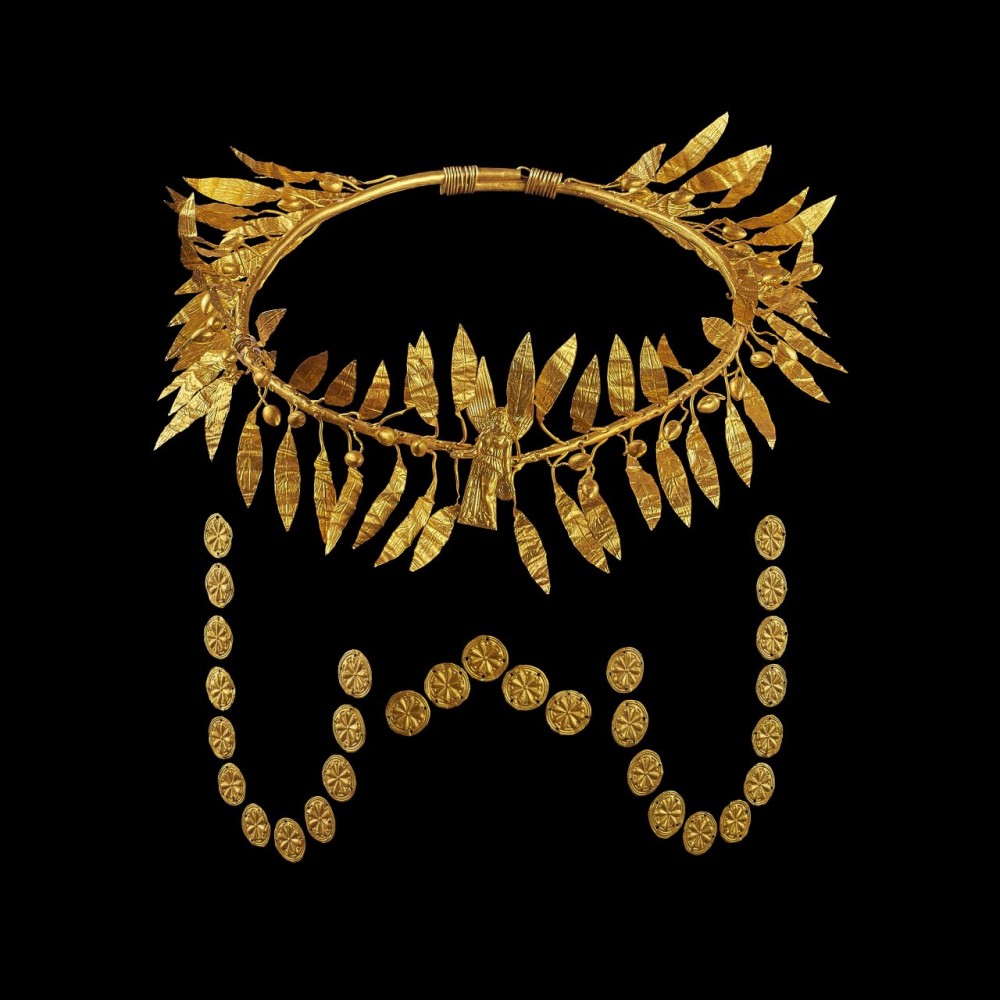
© Field Museum, Ádám Vágó
BAL-261-SOFIA-golden-headdress-OK.jpg
This gold wreath (275-325 BC) belonged to a Thracian prince who was buried with gold and silver armor. The figure in the middle of the crown depicts Nike, the Greek goddess of victory.
Courtesy of the National Museum of History, Bulgaria.
The exhibition is broken down into different chapters that focus on different chronological eras. For example, the Bronze Age section explores the emergence of the warrior class and features weapons, helmets, and shields. Visitors will also see an ancient bronze breastplate (1200–1100 BC) that was found at the bottom of the Danube River. This section also includes the armor and weapons that warriors would use in Southeast Europe when the warrior class was emerging.
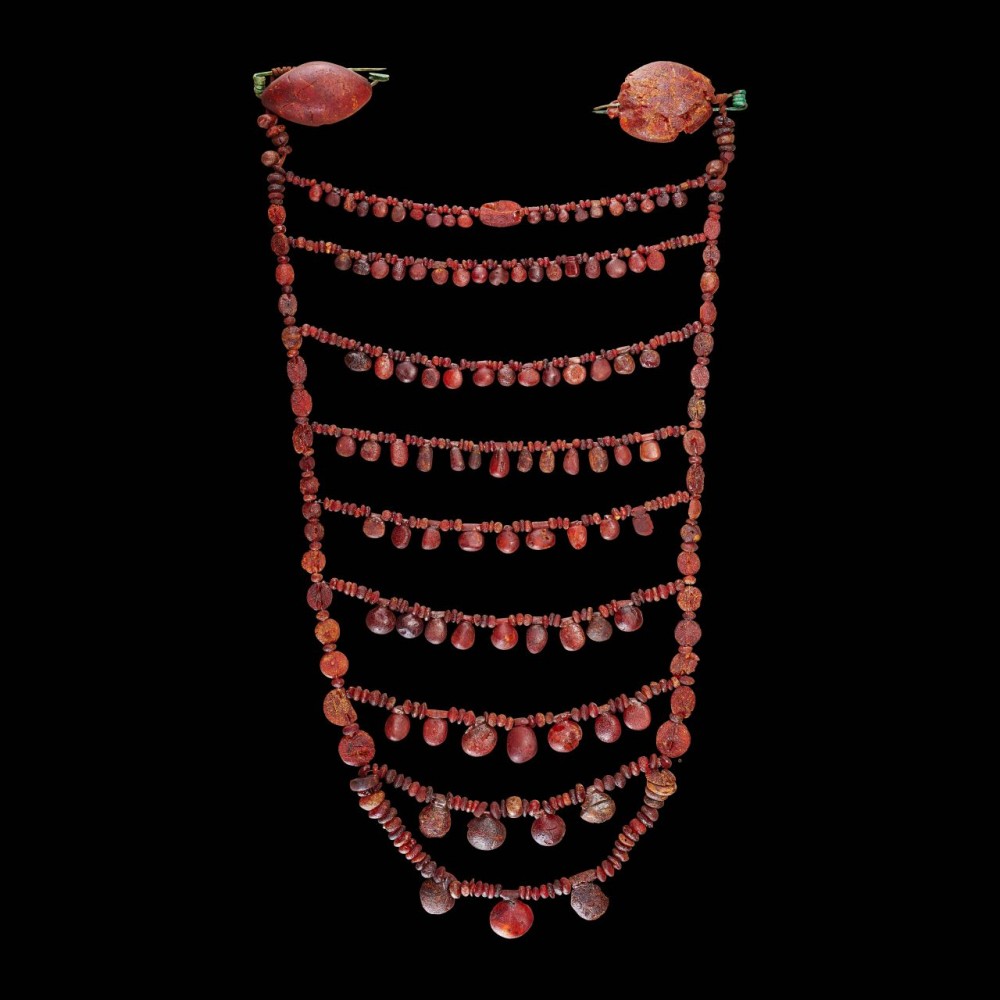
© Field Museum, Ádám Vágó
Amber necklace Croatia BAL-036.jpeg
This beautiful chest ornament made from amber was found in what is now Croatia, although its amber is originally found much farther north in Europe near the Baltic Sea. The woman or man who wore
this adornment would have to have been very powerful to obtain such a large amount of amber― a true luxury good of its day.
Courtesy of Archaeological Museum in Zagreb, Croatia
https://www.fieldmuseum.org/exhibitions/first-kings-europe
